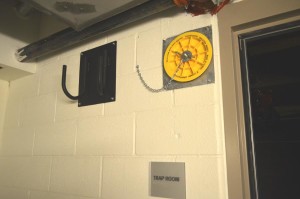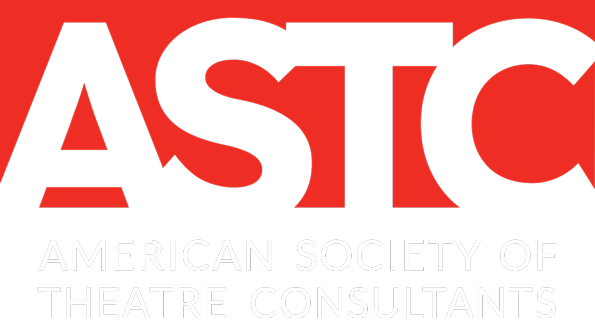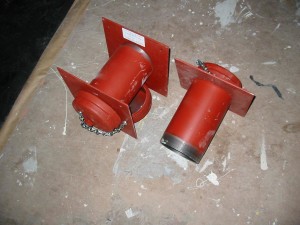Did You Know – Cable Passes
By Michael Parrella, ASTC
Cable passes are used by stage technicians who set up and take down events and productions to safely route temporary cables throughout a venue. These cables include power and control cables for stage machinery, production lighting, and audiovisual equipment. Cable passes and other cable management devices allow temporary cables to pass through walls, floors, ceilings, along walls, above doorways, and beneath walking surfaces. Many of these routes permit cables to safely penetrate fire-rated walls.Without cable passes, technicians would be forced to:
- run cables on floors where they might create trip hazards and are more susceptible to physical damage;
- string cables along walls, held up in ways that could damage the cables or the devices and materials to which they are fastened;
- run cables through doorways where they could be damaged by inadvertently closing the door;
- and run cables through doorways that are required to remain closed to prevent the spread of fire and/or light and noise.
Temporary event cables frequently have outer jackets of neoprene rubber designed to be robust enough to withstand a backstage environment, and these cables are typically terminated with connectors that can be quite large. For these reasons, cable passes should be anywhere from 6” to 12” in diameter to allow cables to be pulled through with relative ease. Where cable passes penetrate fire rated partitions, a listed cable sleeve or the use of fire stopping intumescent foam pads is needed to prevent fire from spreading through a cable pass and to maintain the fire rating of the wall or floor.

Cable Pass (yellow cap with chain) and hinged J-Hooks along the top of a corridor, leading into a Trap Room. Photo by Paul G. Sanow, ASTC
Cable passes can be made from large diameter steel or PVC pipe or conduit. Beverage management systems may also be used because they make extensive use of large diameter pipe and large radius bends to make it easier for users to pull cables.
While the installation of these devices may involve multiple construction trades, the design coordination for these systems is the responsibility of the architect working closely with the theatre consultant. As a performance facility progresses through the phases of design, including value engineering, the intent of the cable pass network must be kept in mind to ensure it provides adequate connectivity across the completed facility. During a value engineering phase, the cable pass network must be acknowledged and preserved for its simple utility and for the extension of functionality that it provides to the operators of performing arts facilities.
While it is impossible to predict every performance type or all of the future cable types a performing arts facility will need to accommodate, a well-designed cable pass network allows users flexibility to run cable throughout a venue as needed without disturbing the safe functioning of a venue. A cable pass network acknowledges the nature of performance spaces and their constant need to accommodate different and changing artistic needs and technology requirements in locations throughout their facilities.



